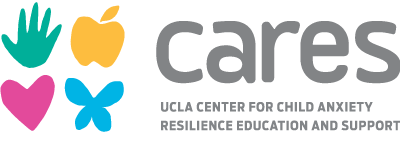Identifying Anxiety in Students
back to Resources for Teachers
Students are often nervous the day of a big test. Teachers may notice students cramming right before class or asking for reassurance about their grade afterward. Students might also feel anxious about speaking or giving a presentation in front of the class. Just being called on to answer questions may make some students uncomfortable.
These feelings of mild anxiety are normal responses and usually do not interfere with students’ abilities to perform well.
Some students, however, will experience and demonstrate more severe distress. They may:
- Worry excessively about failing an exam, leading to impaired performance
- Feel extremely fearful of a disaster or other events out of their control
- Refuse to come to school or make consistent requests to visit the school nurse
- Refuse to eat or use restrooms in school
- Avoid social situations with peers or stay inside at lunch or recess
- Cry often or appear extremely sensitive
- Avoid raising their hands or volunteering in class
- Refrain from participating when assigned to a group project
- Hesitate to get out of the car during drop off (however, it is normal for students to feel nervous during the first two weeks of the school year and a week after returning from breaks)
- Appear distracted or have a hard time paying attention due to their fears and worries
Being aware of anxiety disorder can help teachers recognize their students’ distress and provide resources to help them get support.
Students who exhibit the above behaviors may have an anxiety disorder, which can interfere with school activities, family and peer relationships, and normal development.
Teachers are important role models in students’ lives. Being aware of anxiety disorders can help teachers recognize students’ distress and provide resources or referrals to help students get treatment and support.
